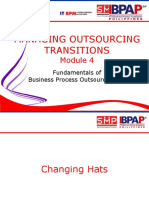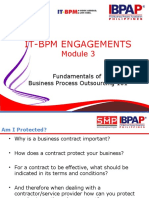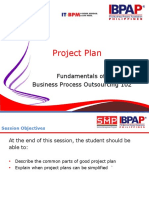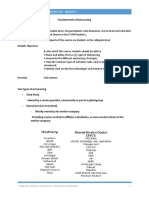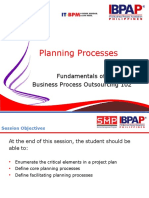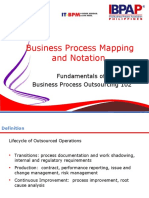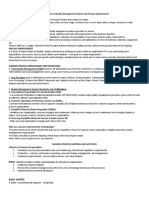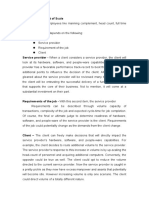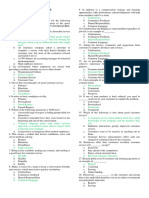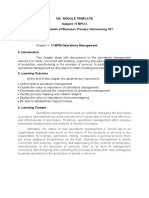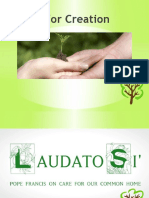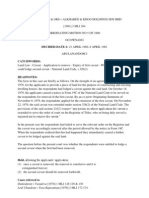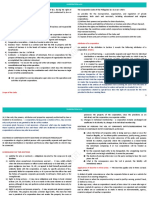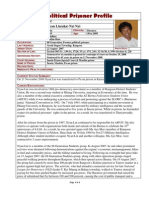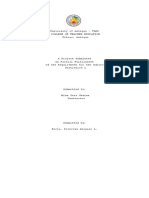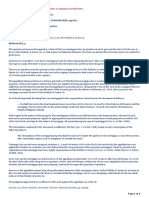0% found this document useful (0 votes)
350 views95 pagesBPO Module 4
The document discusses managing outsourcing transitions. It defines transition management and the role of the transition manager. It describes two common transition strategies - lift and shift, which migrates the process as-is, and re-engineer and migrate, which involves fundamentally redesigning the process. It also discusses transition success factors, measuring effectiveness, and the importance of thorough transition documentation covering inputs, processes, outputs, communication channels, and supervision requirements.
Uploaded by
Denrich CabadduCopyright
© © All Rights Reserved
We take content rights seriously. If you suspect this is your content, claim it here.
Available Formats
Download as PDF, TXT or read online on Scribd
0% found this document useful (0 votes)
350 views95 pagesBPO Module 4
The document discusses managing outsourcing transitions. It defines transition management and the role of the transition manager. It describes two common transition strategies - lift and shift, which migrates the process as-is, and re-engineer and migrate, which involves fundamentally redesigning the process. It also discusses transition success factors, measuring effectiveness, and the importance of thorough transition documentation covering inputs, processes, outputs, communication channels, and supervision requirements.
Uploaded by
Denrich CabadduCopyright
© © All Rights Reserved
We take content rights seriously. If you suspect this is your content, claim it here.
Available Formats
Download as PDF, TXT or read online on Scribd
/ 95
